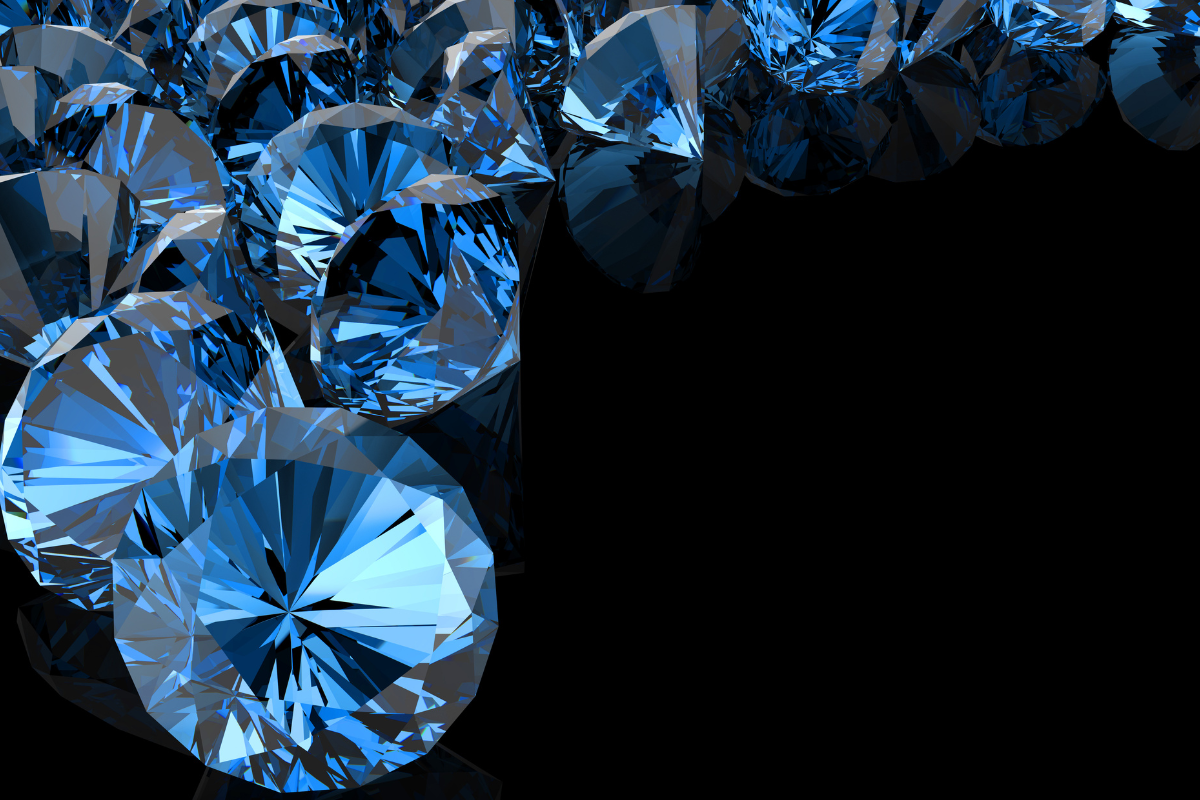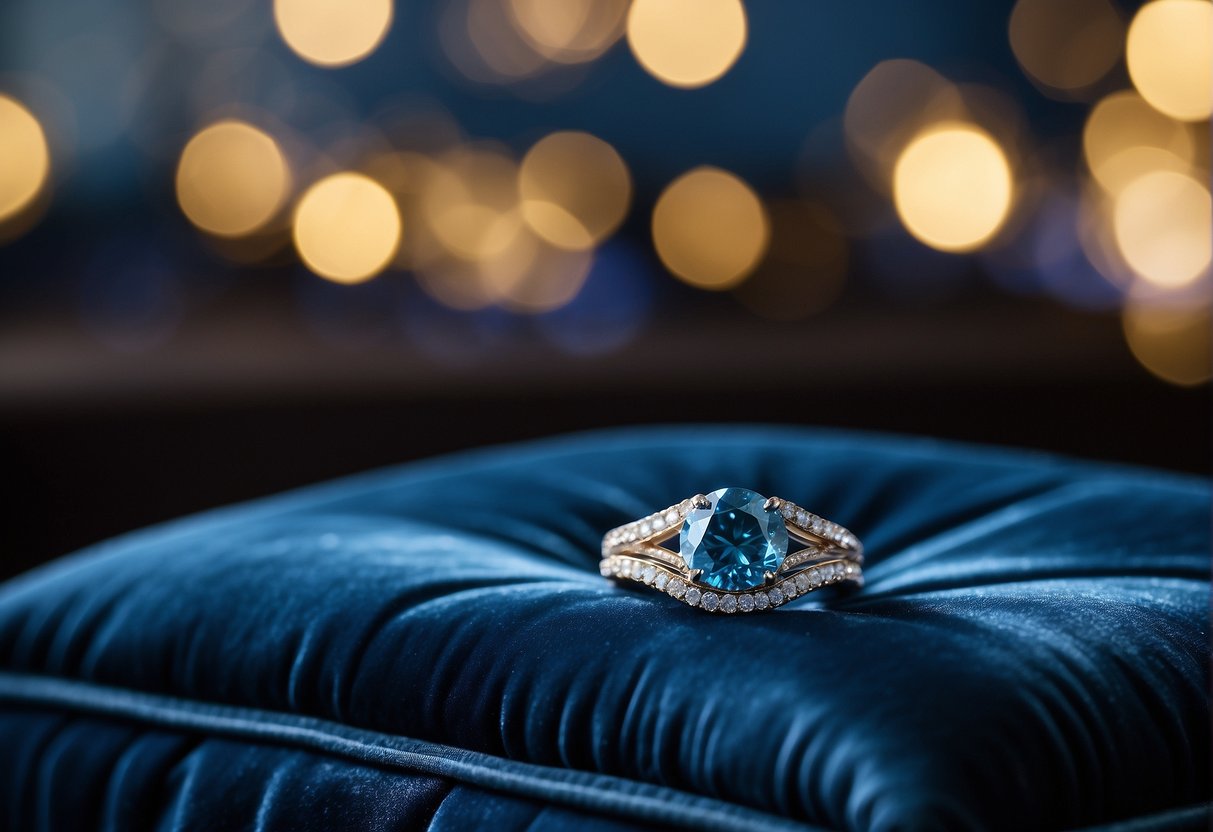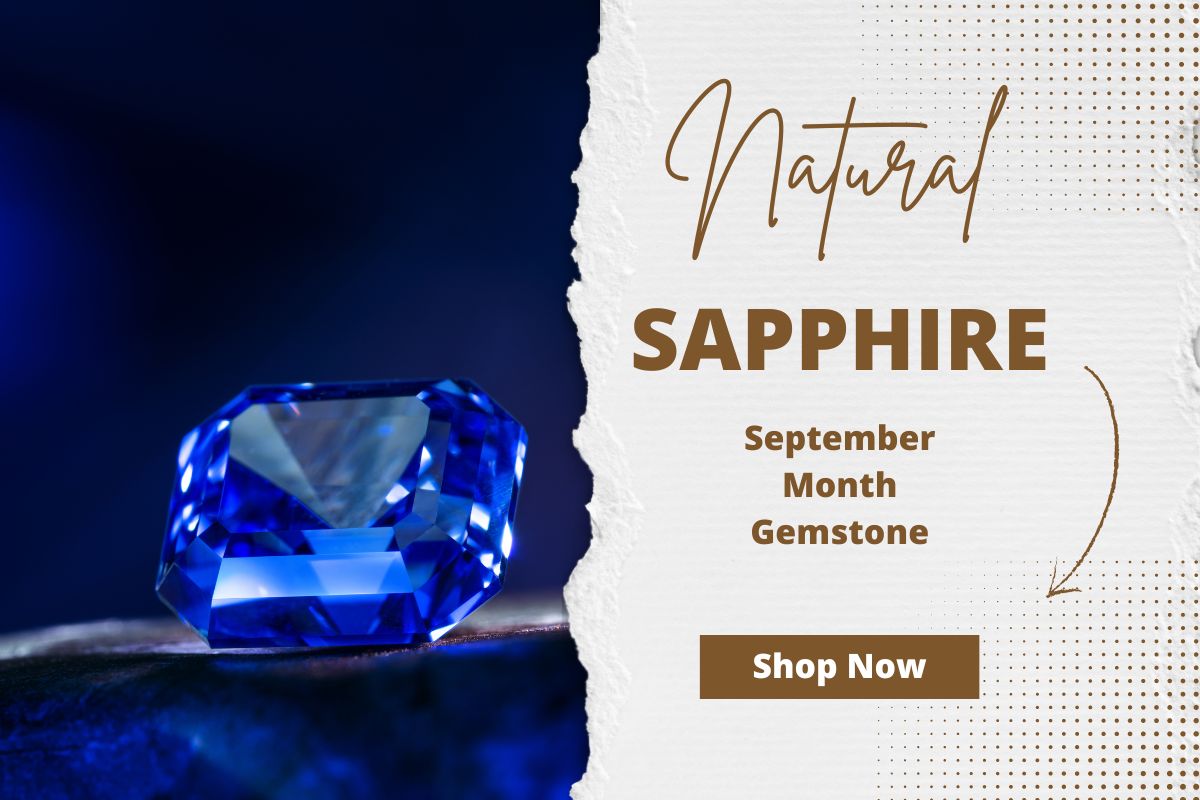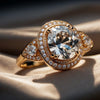
Blue Diamonds Price Guide: Understanding Value in the Gem Market
When you think of diamonds, the clear, sparkling stones traditionally seen in engagement rings and fine jewelry might come to mind. However, blue diamonds stand out from the crowd due to their captivating hue and the rarity that accompanies it. These gems are among the rarest colored diamonds, deriving their color from traces of boron in the carbon structure, which occurs in only a fraction of diamond compositions. Their scarcity adds to their allure, making them not just a symbol of beauty but also of exclusivity.
The price of blue diamonds reflects their exceptional status. With their unique coloration, these stones are often the centerpiece of high-end jewelry, fetching impressive sums in auctions and private sales alike. The rarity and demand for blue diamonds contribute significantly to their value; the market sees a premium on these gems that is unmatched by more common diamond types. As an investor or collector, you understand that the convergence of beauty and rarity in blue diamonds is what drives their desirability and, consequently, their price.
Over the years, notable sales of blue diamonds have underscored their status as a burgeoning asset class in the investment world. The unique characteristics of each stone, such as hue intensity, clarity, and cut quality, factor directly into pricing, and as you explore the market for these extraordinary gems, it becomes clear that every blue diamond possesses its own story and investment potential. Their enduring appeal sustains their position in the market, not just as a luxurious adornment but as a strategic investment to diversify portfolios and preserve wealth.
Understanding Blue Diamonds
When exploring the allure of blue diamonds, you must consider their formation, distinct color characteristics, and grading system which ultimately determine their value.
Formation and Composition
Blue diamonds are a rare natural occurrence, originating deep within the Earth's mantle. Boron atoms interlope with the carbon framework during a blue diamond's creation, granting them their natural blue hue. These diamonds arise in very few locations worldwide, with the Cullinan Mine in South Africa and the Argyle Mine in Australia known for yielding blue specimens. Finding a natural blue diamond is a significant event due to their exceptional rarity among mined diamonds.
Color Characteristics
A natural blue diamond’s value is heavily influenced by its color characteristics: hue, tone, and saturation. The presence of boron results in a spectrum ranging from fancy light blue to fancy deep blue and fancy vivid blue. Secondary hues may affect their appearance and value; diamonds with pure blue tones are most prized. The term fancy colored diamond is designated for stones that exhibit strong color, with those labeled as fancy vivid and fancy deep often commanding higher prices due to their deeper color intensity and rarity.
Grading and Quality
Grading a natural blue diamond incorporates assessment of its clarity, cut, and color intensity. Inclusions and blemishes can impact clarity, while the quality of the cut may enhance the diamond's sparkle and color presentation. Diamonds are carefully analyzed to categorize their hues, with fancy colored diamonds undergoing a meticulous grading process. With fancy colored diamonds, the grade profoundly influences market value, as Characterizing natural-color type IIb blue diamonds discusses the record prices achieved at auction based on these characteristics.
Varieties of Blue Diamonds

| Diamond Variety | Description |
|---|---|
| Hope Diamond | One of the most famous blue diamonds, deep blue in color with a weight of 45.52 carats. Believed to be originally mined in India. |
| Blue Moon Diamond | A rare blue diamond with a cushion-cut, known for its exceptional clarity and intense blue color. Weighs 12.03 carats. |
| The Oppenheimer Blue | Named after its former owner, Sir Philip Oppenheimer, this blue diamond is a vivid blue, weighing 14.62 carats. |
| The Blue Heart Diamond | A heart-shaped blue diamond weighing 30.82 carats. It has been part of various private collections and exhibitions. |
| The Moussaieff Blue | Named after its owner, Shlomo Moussaieff, this diamond is a vivid blue, cushion-cut, and weighs 20.17 carats. |
| The Winston Blue | Formerly known as the "Oppenheimer Blue," it is a rectangular-cut diamond weighing 13.22 carats. Named after Harry Winston. |
| The Tereschenko Blue | A cushion-cut blue diamond weighing 42.92 carats, known for its intense blue color and unique history. |
| Natural Fancy Blue Diamonds | Blue diamonds that exhibit a range of blue shades, from light to intense. Often sought after for their rarity and beauty. |
| The Ocean Dream Diamond | A unique blue-green diamond weighing 5.51 carats, known for its unusual color and rarity. |
| The Allnatt Diamond | A cushion-cut diamond with a fancy vivid yellow color that also displays a blue fluorescence, adding a unique touch to its appearance. |
Within the spectrum of blue diamonds, you’ll find a stunning array of colors, shapes, and sizes. Each variety offers a unique blend of beauty and value.
Color Variations
Blue diamonds come in several shades ranging from fancy light blue to deep blue. The presence of boron causes the blue color, with the more boron present, the deeper the blue. You might come across faint blue diamonds, which offer a subtle blue tone, or the more vibrant fancy intense blue and fancy blue diamonds. Some blue diamonds may have a secondary hue, like green-blue, adding to their uniqueness and value.
Shapes and Cuts
The shape of a blue diamond can greatly impact its appeal and brilliance. Popular shapes include the timeless round, the elegant pear, the plush cushion, and the sophisticated emerald. Other shapes like the romantic heart, modern oval, and luminous radiant are also sought after, each bringing a different aesthetic to the forefront.
Size and Carat Weight
The size of blue diamonds is expressed in carat weight, and they can be found in a range of sizes suitable for different preferences and budgets. Whether you seek a delicate light blue diamond under 1 carat or a statement piece over 5 carats, the price will increase significantly with size, especially for rare colors like fancy intense blue or fancy blue. The rarity of larger blue diamonds with high intensity colors often results in prices that reflect their exceptional status.
Assessing the Value of Blue Diamonds

When you consider blue diamonds, their value is gauged by a blend of inherent qualities and market dynamics. Your understanding of what makes these gems expensive and valuable is key to comprehending their pricing.
Price Determinants
The value of blue diamonds, just like other diamonds, is primarily determined by the 4Cs: carat, color, clarity, and cut. Each one significantly influences price. For instance, a heightened carat weight typically increases value, but with blue diamonds, color intensity matters immensely. The most prized stones flaunt a vivid, saturated blue, often with a secondary gray component. Clarity refers to the purity of the diamond, and fewer inclusions mean a higher price. The cut is not just about shape but also about how it reflects light; a well-cut diamond will display better brilliance and, thus, hold a steeper value.
Market Trends
Your understanding of market trends is vital as they dictate the demand for blue diamonds. Rarity plays a crucial role here. With these gems being some of the rarest, market trends often show a steady or increasing demand among collectors and investors. Auction outcomes, such as those of the Hope Diamond, the Blue Heart, or recently high-profile auctions of the Blue Moon and the Wittelsbach-Graff, underline their astronomic worth. The scarcity of blue diamonds and their desirability can drive the price well into the millions.
Famous Blue Diamonds
Famous blue diamonds often command exponentially higher prices due to their historical significance and rarity. For example, the Hope Diamond, known not just for its stunning deep blue color but also for its fabled curse, and the Wittelsbach-Graff, with its notable color and clarity, serve as a beacon for diamonds' collectibility and investment potential. They showcase just how much value can be ascribed to provenance and story beyond the 4Cs.
Comparison with Other Diamonds

In your exploration of gemstone investments, understanding how blue diamonds stack up against other diamonds in terms of rarity, value, and market demand is crucial.
Colored Diamonds Overview
When you consider colored diamonds, it's important to recognize that they are graded into categories like fancy light, fancy, fancy intense, fancy deep, and fancy vivid. Blue diamonds fall into these categories and are known as Type IIb, which refers to diamonds that contain trace amounts of boron, giving them their distinctive coloration. Their rarity is high, as they represent a very small fraction of the total diamond output.
The spectrum of colored diamonds includes hues such as pink, yellow, green, purple, brown, gray, and black. Among these, red diamonds are extremely rare, with prices often surpassing those of blue diamonds. Similarly, pink diamonds have garnered a high profile, often fetching premium prices that are comparable to or exceed those of blue diamonds depending on the saturation and size.
Blue Diamonds vs. Other Gemstones
Blue diamonds are often compared with other gemstones like sapphires, a widely recognized blue gemstone. However, blue diamonds, especially those with high clarity and vivid color—classified as fancy vivid—are significantly rarer and thus command a higher price than sapphires.
While sapphires are a cherished gemstone, fancy colored diamonds, including fancy dark and fancy deep blue, are often more sought after due to their uniqueness and the prestige associated with diamonds. It's important for you to note that even within the wider category of fancy colored diamonds, blue diamonds, particularly the rarer Type IIb, are among the most valuable, with prices reflecting their scarcity and high demand.
Purchasing Blue Diamonds

When considering the acquisition of a blue diamond, focus on several critical factors such as color intensity, provenance, and overall quality. These elements dramatically impact the value and desirability of blue diamonds in the jewelry and investment market.
Selection Criteria
Your search for a blue diamond should begin by understanding the "Four Cs": cut, color, clarity, and carat. These criteria determine the beauty and value of all diamonds, but there's special consideration for blue diamonds:
- Color: Look for a vibrant, consistent blue hue. The presence of secondary tones can affect the value.
- Clarity: While important, blue diamonds can still be very valuable despite inclusion due to their rarity.
- Carat: Larger carats are exceptionally rare and command higher prices.
- Cut: Aim for a cut that enhances the gem’s color intensity and brilliance without sacrificing too much weight.
Buying Tips
- Certification: Ensure the blue diamond has a certificate from a reputable gemological lab.
- Investment: Consider its potential as an investment; fancy color diamonds, like blue diamonds, often hold or increase their value.
- Provenance: Note the diamond's origin, as those from famed mines such as Golconda or those handled by Petra Diamonds might fetch a premium.
- Dealers: Choose respectable dealers, factoring in their access to quality loose blue diamonds from South Africa, Australia, or India.
Sources and Origins
Blue diamonds hail from select locations around the world, with notable mines in South Africa and Australia. The elusive natural diamond often emerges from the depths of historic mines, with a few like the Golconda mine in India being particularly celebrated. The rarity of natural blue diamonds, especially in significant carats, only heightens their prestige and demand in the market. Whether for personal jewelry or as an investment, understanding a blue diamond's journey from mine to market can afford you insights into its true value and rarity.
Synthetic and Treated Blue Diamonds
| Characteristic | Synthetic Blue Diamonds | Treated Blue Diamonds |
|---|---|---|
| Formation Process | Created in a laboratory using high-pressure, high-temperature (HPHT) or chemical vapor deposition (CVD) methods. | Naturally formed diamonds that undergo enhancement processes to improve or alter their color. |
| Color Origin | Color is intentionally introduced during the manufacturing process, and synthetic blue diamonds can have a controlled and uniform blue color. | Natural diamonds with existing color may undergo treatments like irradiation and annealing to enhance or alter the blue color. |
| Inclusions | May lack natural inclusions or have distinctive features related to the production process, such as metallic flux inclusions. | May have natural inclusions, and treatment-related features like clouds, needles, or color zoning. |
| Color Consistency | Consistent color throughout the entire stone due to controlled manufacturing conditions. | Color enhancement may not be uniform, resulting in variations in color intensity and distribution. |
| Certification | Synthetic diamonds are typically disclosed and certified as lab-grown diamonds by gemological laboratories. | Treated diamonds are disclosed as such and may include specific notations regarding the treatment process on the grading report. |
| Natural Origin | Not naturally occurring; produced through artificial means. | Naturally occurring diamonds that have undergone enhancement processes. |
| Market Value | Generally more affordable than their natural counterparts due to the controlled production process. | Prices can vary based on the quality of the original diamond and the success of the treatment in enhancing the blue color. |
| Popularity | Increasing popularity as an ethical and cost-effective alternative to natural blue diamonds. | Depends on individual preferences, with some buyers seeking the unique colors achieved through treatments. |
When exploring the purchase of blue diamonds, it's important to understand that synthetic and treated diamonds have distinct characteristics and implications for value. Synthetic blue diamonds are lab-created gems possessing similar properties to natural diamonds. The creation of synthetic diamonds often involves high-pressure high-temperature (HPHT) methods to mimic natural conditions, with the addition of boron impurities to achieve the coveted blue color.
Treated blue diamonds usually start as diamonds with less desirable colors. These are subjected to various enhancement processes, such as irradiation or annealing, to alter or improve their color to blue. While these treatments can produce stunning blue hues comparable to natural diamonds, they may affect the gem's structure and stability.
Here's a brief look at how synthetic and treated diamonds compare to natural ones in terms of value and appeal:
- Synthetic Diamonds
- Typically more affordable than their natural counterparts.
- Considered eco-friendly due to lab creation.
- Increasingly popular as technology improves their quality.
- Treated Diamonds
- Generally less expensive than natural fancy colored diamonds.
- Treatment processes aim to enhance visual appeal.
- Often require certifications to confirm the nature and extent of treatments.
Your choice between synthetic, treated, or natural blue diamonds will depend on your budget, ethical considerations, and personal preferences for authenticity and rarity. Knowledge of these gems’ origins is key to making an informed decision that aligns with your values and appreciation for the beauty and uniqueness of blue diamonds.
Frequently Asked Questions
Understanding the value and pricing of blue diamonds is crucial as it can be a significant investment. Each diamond's price is unique and reflects a variety of market factors.
What factors affect the pricing of blue diamonds?
The pricing of blue diamonds is influenced by factors such as color intensity, clarity, cut quality, and carat weight. The presence of secondary colors and the diamond's origin can also impact the price.
How do the prices of light blue diamonds compare to dark blue diamonds?
Generally, darker blue diamonds, often referred to as "fancy deep" or "fancy vivid," are more valuable than lighter shades of blue due to their rarity and higher demand. As a result, they command higher prices in the market.
What is the average cost for a carat of blue diamond?
The cost for a carat of blue diamond can be exceedingly variable, with prices typically ranging from tens of thousands to millions of dollars depending on the specific qualities of the stone, such as its color intensity and clarity.
How can the rarity of a blue diamond influence its market value?
Rarity is a critical factor in a blue diamond's value. Blue diamonds with a high degree of rarity, such as those without secondary hues and of high clarity, generally have a higher market value.
Are there significant price differences between blue diamonds for men and others?
While there's no inherent price difference in blue diamonds based on gender, the settings and styles typical for men's jewelry can affect the overall cost of the piece.
Where can one find reliable blue diamond pricing information or calculators?
For accurate and up-to-date blue diamond pricing, consult reputable sources such as the Rapaport Price List or seek valuations from certified gemologists specialized in colored diamonds.
Checkout some of our top collections:
Leave a comment
Please note, comments must be approved before they are published.










